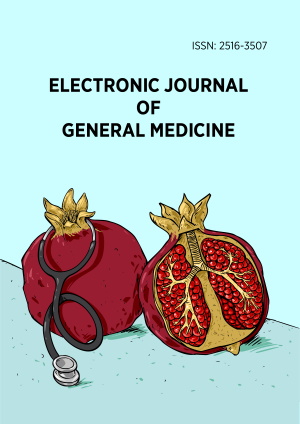Abstract
Introduction: This study reviews the efficacy of high-intensity laser therapy (HILT) and low-level laser therapy (LLLT) for frozen shoulders, including a meta-regression to identify variables affecting treatment outcomes.
Methods: Eight randomized controlled trials (RCTs) with 444 participants with frozen shoulders received HILT or LLLT, combined with conventional therapies. Outcomes measured visual analogue scale (VAS)-pain scores, shoulder pain and disability index (SPADI), short form health survey questionnaire (SF-36), and shoulder range of motion (ROM). The bias was analyzed with risk of bias version 2 and the analysis was performed with JAMOVI 2.4.14 and RevMan 5.4.
Results: Laser therapy showed significant improvements in outcomes: VAS scores (risk ratio [RR] -1.36, 95% confidence interval [CI] -1.95, -0.76), SPADI-pain (RR -10.20, 95% CI -15.95, -4.44), shoulder abduction ROM (RR 8.74, 95% CI 1.37, 16.11), and SF-36 role limitation due to physical health (RR 28.55, 95% CI 9.99, 47.12). The intensity of laser therapy influenced outcomes, with confounding factors affecting follow-up time and SF-36 emotional well-being.
Conclusion: Laser therapy, especially HILT, significantly reduces pain, improves shoulder range of motion, and enhances quality of life.
License
This is an open access article distributed under the Creative Commons Attribution License which permits unrestricted use, distribution, and reproduction in any medium, provided the original work is properly cited.
Article Type: Review Article
ELECTRON J GEN MED, Volume 22, Issue 4, August 2025, Article No: em664
https://doi.org/10.29333/ejgm/16418
Publication date: 01 Jul 2025
Online publication date: 28 May 2025
Article Views: 3013
Article Downloads: 3758
Open Access References How to cite this article
 Full Text (PDF)
Full Text (PDF)